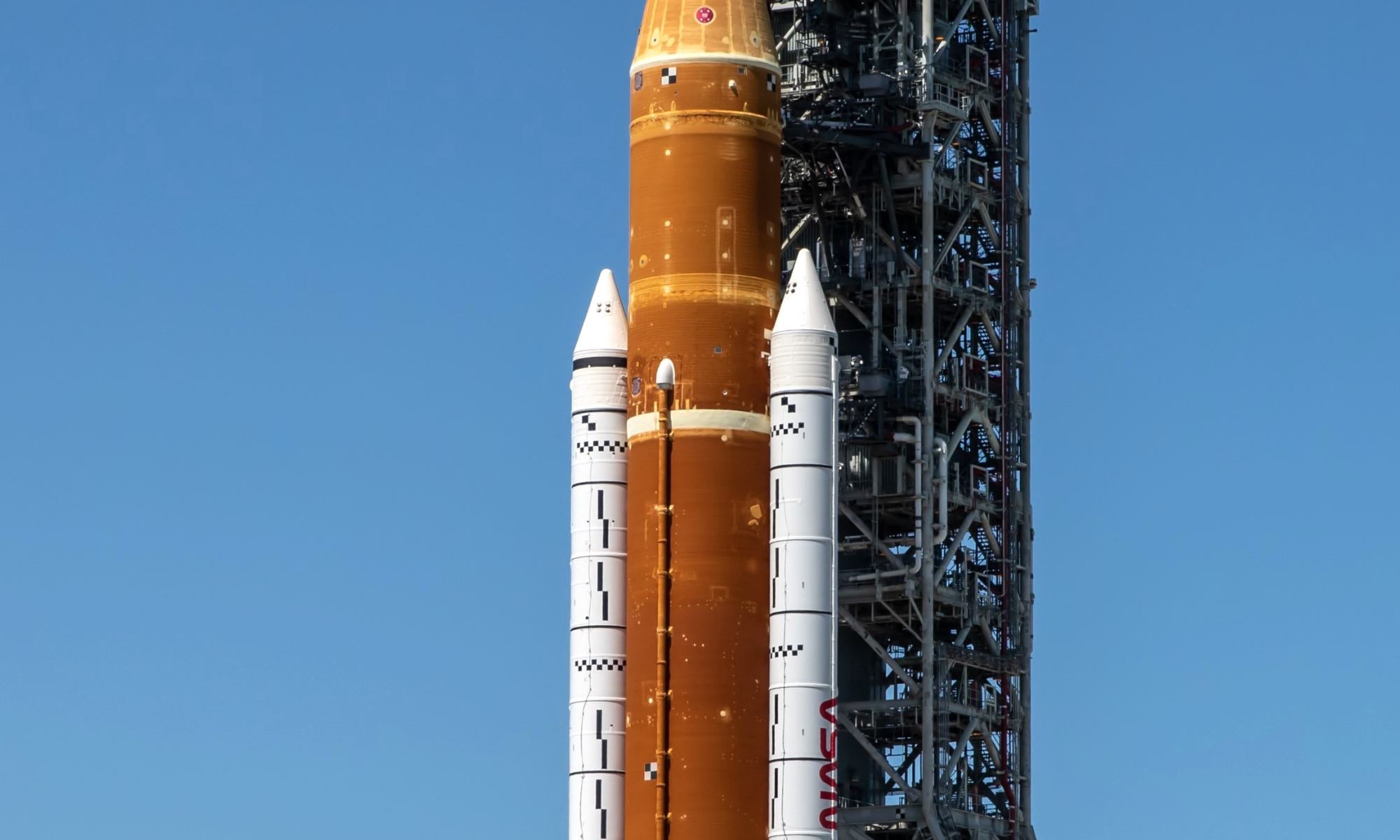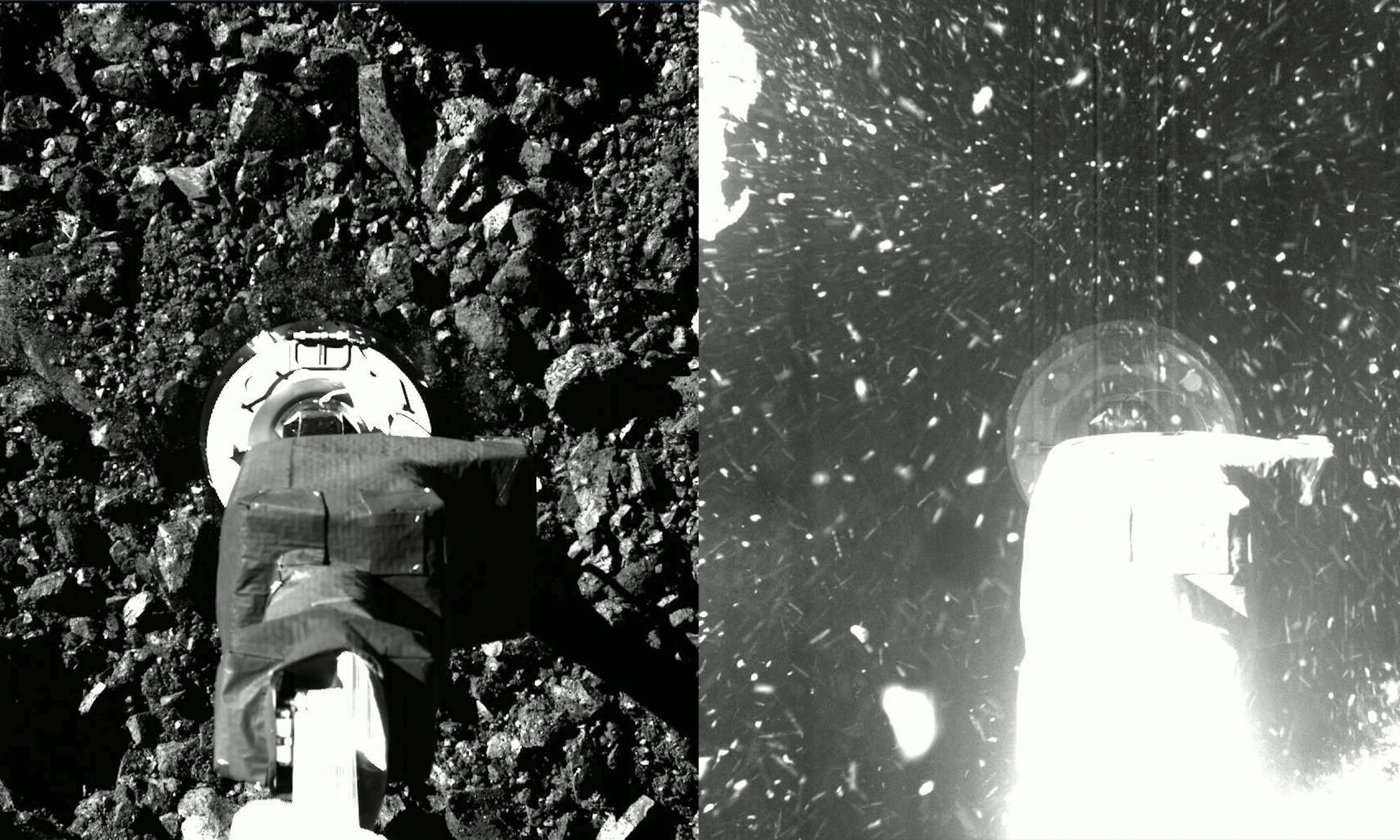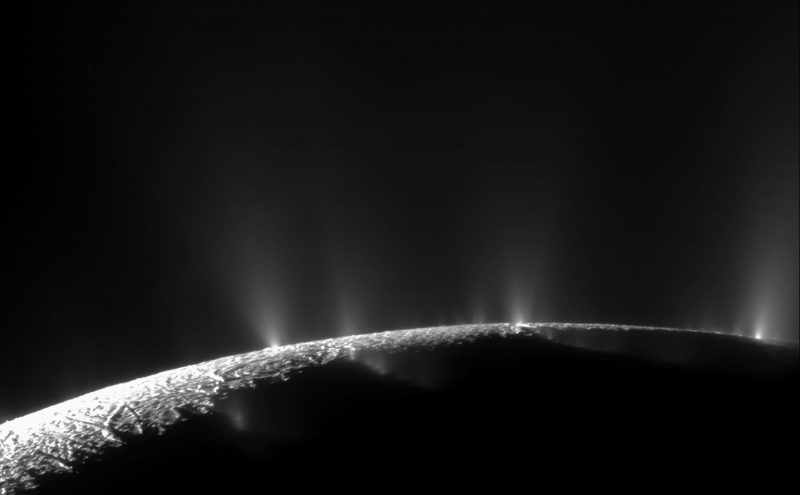The James Webb Space Telescope continues to deliver stunning images of the Universe, demonstrating that the years of development and delays were well worth the wait! The latest comes from Judy Schmidt (aka. Geckzilla, SpaceGeck), an astrophotographer who processed an image taken by Webb of the barred spiral galaxy NGC 1365. Also known as the Great Barred Spiral Galaxy, NGC 1365 is a double-barred spiral galaxy consisting of a long bar and a smaller barred structure located about 56 million light-years away in the southern constellation Fornax.
Continue reading “A New Image From Webb Shows Galaxy NGC 1365, Known to Have an Actively Feeding Supermassive Black Hole”Hazegrayart Shows how Rocket Lab's Reusable Neutron Rocket Could Work
There’s little doubt that we live in a new Space Age, defined by increasing access, greater competition, and the commercial space industry. The titans of this industry are well known and have even become household names. There are old warhorses like Lockheed Martin, Boeing, Northrop Grumman, and United Launch Alliance and fast-rising stars like SpaceX, Blue Origin, Sierra Nevada, Virgin Galactic, and others. But New Zealand and California-based company Rocket Lab has also made a name for itself in recent years, moving from low-cost expendable rocket launches to reusable rockets.
In particular, their new Neutron Rocket design has been turning some heads since it first debuted in late 2021. The most recent design of this rocket features some very interesting features, which include a new engine, a new shell, and a “Hungry-Hippo” reusable fairing built from advanced carbon composites. Beginning in 2024, Rocket Lab hopes to conduct regular launches with Neutron to service the growing “satellite megaconstellation” market. Thanks to an animator who goes by the handle Hazegrayart, we now have a video of what this might look like.
Continue reading “Hazegrayart Shows how Rocket Lab's Reusable Neutron Rocket Could Work”Jupiter Missions Could Also Help Search for Dark Matter
In a recent study published in the Journal of High Energy Physics, two researchers from Brown University demonstrated how data from past missions to Jupiter can help scientists examine dark matter, one of the most mysterious phenomena in the universe. The reason past Jupiter missions were chosen is due to the extensive amount of data gathered about the largest planet in the solar system, most notably from the Galileo and Juno orbiters. The elusive nature and composition of dark matter continues to elude scientists, both figuratively and literally, because it does not emit any light. So why do scientists continue to study this mysterious—and completely invisible—phenomena?
Continue reading “Jupiter Missions Could Also Help Search for Dark Matter”Masten Space is Building a Lunar Lander for NASA. Also, They Just Filed for Bankruptcy
If you’re a fan of the commercial space industry (aka. NewSpace), then the name Masten Space Systems is sure to ring a bell. For years, this California-based aerospace company has been developing delivery systems to accommodate payloads to the Moon, Mars, and beyond. This included Xoie, the lander concept that won the $1 million Northrop Grumman Lunar X-Prize in 2009, their Xombie and Xodiac reusable terrestrial landers, and the in-Flight Alumina Spray Technique (FAST) that would allow lunar landers to create their own landing pads.
But perhaps their biggest feat was the Xelene Lunar Lander (XL-1) that they developed in partnership with the NASA Lunar CATALYST program. This lander was one of several robotic systems enlisted by NASA to deliver cargo to the Moon in support of the Artemis Program. This included the Masten-1 mission, which was scheduled to land a payload Moon’s southern polar region in 2023. The company was scheduled to make a second delivery (Masten-2) by 2024, one year before the first Artemis astronauts arrived. But according to a statement issued on July 28th, the company has filed for Chapter 11 and is bankrupt!
Continue reading “Masten Space is Building a Lunar Lander for NASA. Also, They Just Filed for Bankruptcy”NASA’s Space Launch System Gets Tentative Launch Date of August 29th
NASA has announced tentative placeholder launch dates for its beast of a rocket, the Space Launch System (SLS), on its maiden flight to deep space. While work still needs to be accomplished to ensure its launch, the tentative dates are currently August 29th, September 2nd, and September 5th. While NASA stressed these are not set dates, the announcement nonetheless puts SLS closer than ever to flight.
The maiden launch of the most powerful rocket ever built comes after years of budget increases and delays. Funding for SLS was approximately $1.5 billion in 2011 but has increased almost every year until it hit $2.5 billion in 2021. This came after Congress mandated SLS “operational capability…not later than December 31, 2016”, but has faced countless delays since then due to audits and poor management.
Continue reading “NASA’s Space Launch System Gets Tentative Launch Date of August 29th”China’s Long March Rocket Booster Makes Uncontrolled Reentry Back to Earth
A Chinese Long March 5B rocket first stage made an uncontrolled, fiery reentry through Earth’s atmosphere over Southeast Asia today (Saturday), six days it launched a new science module to China’s Tiangong space station. While the eventual return of the booster was known, China made the decision to let it fall uncontrolled. They also did not share any tracking data, and the large size of the rocket stage drew concern about fragments possibly causing damage or casualties.
The US Space Command confirmed reentry of the debris from the roughly 30-meter-long core (100 ft.) stage of the Long March 5B occurred at 12:45 p.m. Eastern time (1645 UTC) on July 30, 2022 over the Indian Ocean.
Continue reading “China’s Long March Rocket Booster Makes Uncontrolled Reentry Back to Earth”Another Amazing Image from Webb, This Time it’s Galaxy IC 5332
The James Webb Space Telescope (JWST) continues to both dazzle and amaze with its latest image, this time of Galaxy IC 5332, also known as PGC 71775, which is an intermediate spiral galaxy located approximately 30 million light years away. This comes after JWST released its first images at its full power, which includes the Carina Nebula, Stephan’s Quintet, Southern Ring Nebula, and SMACS 0723, the last of which was the deepest and sharpest image of the distant universe to date.
Continue reading “Another Amazing Image from Webb, This Time it’s Galaxy IC 5332”OSIRIS-REx Would Have Sunk Deep into Asteroid Bennu if it Tried to Land
A pair of studies published in Science and Science Advances have helped identify that NASA’s OSIRIS-REx (Origins, Spectral Interpretation, Resource Identification, Security-Regolith Explorer) spacecraft would have sunk into the asteroid Bennu had the spacecraft not fired its thrusters immediately after collecting samples from the surface of the small planetary body in October 2020. The respective studies examined the loosely packed exterior of Bennu, comparing its surface to stepping into a pit of plastic balls that people of all ages enjoy. The paper in Science was led by Dr. David Lauretta, Principal Investigator of OSIRIS-REx and a Regents Professor at the University of Arizona, and the paper in Science Advances was led by Dr. David Walsh, a member of the OSIRIS-REx team from the Southwest Research Institute in Boulder, Colorado.
Continue reading “OSIRIS-REx Would Have Sunk Deep into Asteroid Bennu if it Tried to Land”Solar System Tours: Plumes of Enceladus
“We’re coming up on the plumes!” The co-pilot announced over the intercom.
The other six passengers and I took our positions along the viewing cupola at the belly of the “Tour Bus”, and each grabbed on to the hand and foot restraints to keep ourselves in place in the weightlessness. We were traveling about 400 km (250 miles) above the south pole of Enceladus looking down at the highly reflective surface that was so bright it took about a minute for our eyes to adjust. We all remained silent, and my heart was pounding in anticipation. The Tour Bus silently coasted for a few more minutes as we took in the breathtaking view of Saturn’s sixth-largest moon.
Continue reading “Solar System Tours: Plumes of Enceladus”Nancy Grace Roman Will be Launching on a Falcon Heavy Rocket

In 2026, the Nancy Grace Roman Space Telescope (RST) – aka. the “Mother of Hubble” – will take to space and begin addressing some of the deepest mysteries of the Universe. This will include capturing the deepest field images of the cosmos, refining measurements of the Hubble Constant (aka. Hubble’s Law), and determining the role of Dark Matter and Dark Energy in the evolution of the cosmos. Alongside its next-generation partner, the James Webb Space Telescope (JWST), the RST will acquire infrared images with over 200 times the surveying power of its predecessor with the same rich level of detail.
On Tuesday, July 19th, NASA announced that it had awarded SpaceX with a Launch Services (NLS) II contract to provide the rocket that will deploy the RST mission to space. As specified in the NLS II, the launch will take place in October 2026 (May 2027, at the latest) and consist of a Falcon Heavy rocket transporting the RST from Launch Complex 39A at NASA’s Kennedy Space Center to orbit. This indefinite-delivery/indefinite-quantity contract is valued at approximately $255 million and covers the launch and other mission-related costs.
Continue reading “Nancy Grace Roman Will be Launching on a Falcon Heavy Rocket”








